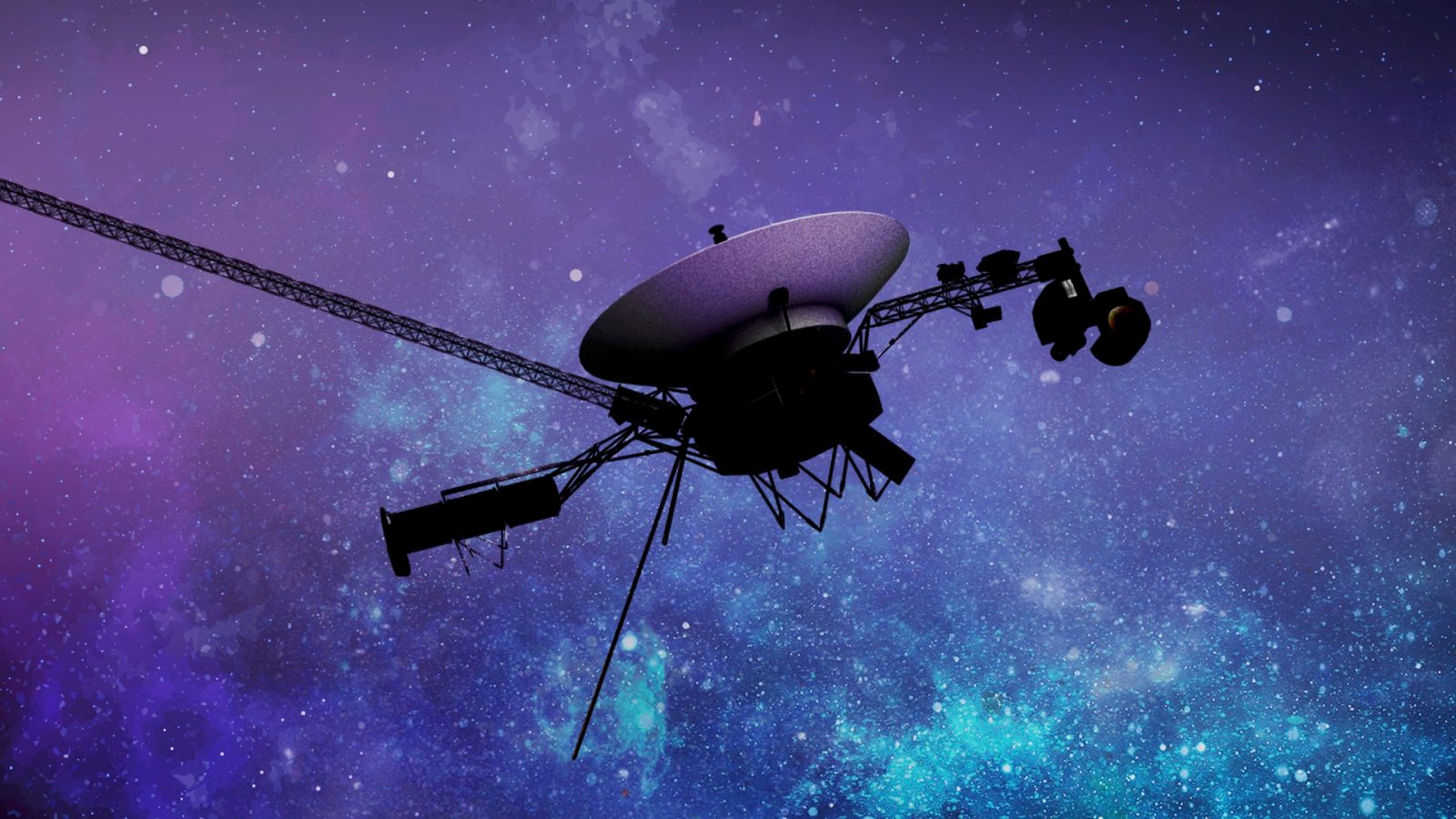
NASA shared that the Voyager 1 team has moved the spacecraft to a lower-powered transmitter after something triggered its fault protection system. NASA and JPL are still evaluating what caused the loss of communication and the fault system to trigger.
NASA’s Voyager 1 flight team, operated through the Jet Propulsion Laboratory at Caltech, reconnected with the spacecraft on October 24 after a brief interruption of the signal. This is likely due to the spacecraft’s fault protection system, which is designed to protect the spacecraft in case something goes wrong during flight. The system basically turns off everything not important to the spacecraft’s safety and sends important information back to Earth, then waits for further instructions.
This seems to have started back on October 16, when the flight team instructed Voyager 1 to turn on one of its heaters. NASA believed it should have had enough power to run the heater; however, the fault protection system was triggered. The team didn’t realize the issue until no signal was received from Voyager 1 on October 18 through NASA’s Deep Space Network.
It was correctly guessed that the fault protection system lowered the power, thus changing the frequency of the primary X-band transmitter on the spacecraft. Looking for the newly intended frequency led to NASA finding Voyager 1.
Voyager 1’s troubles didn’t stop there; the next day communication with the spacecraft halted again. This time, the team suspected the fault protection system was triggered two more times, leading to the X-band transmitter being turned off. In its place, Voyager 1 began using the secondary S-band transmitter, one that uses even less power and is far weaker than the X-band transmitter.
Voyager 1 is traveling over 38,000 miles per hour outside our galaxy in interstellar space. It is the furthest spacecraft from Earth and was launched back in 1977. Its mission was to take advantage of an orbital alignment of the other planets for a “grand tour” of the solar system. Since completing its visits to Jupiter and Saturn, its new mission has been exploring the outer reaches of our Sun and now what lies beyond our solar system.
The last time Voyager 1 used this S-band transmitter was in 1981, 43 years ago.
Luckily it was still in working order and the much fainter signal was found by NASA teams. Fearing triggering the fault protection system again, the spacecraft’s flight team has decided to continue using the S-band transmitter until it has determined the root cause of what is triggering the fault protection system.
This isn’t the first time Voyager 1 has run into communication issues. Earlier this year, a piece of hardware that encodes scientific data malfunctioned on the spacecraft and began beaming back gibberish data to flight controllers.
With its advanced age, more faults are expected to show up before it is eventually shut down for good in the hopefully distant future.
For now, flight controllers are still working to solve the problem and return Voyager 1 to its operational state. With two-way communication times nearing two days long, it may take the team weeks to determine what went wrong.
FTC: We use income earning auto affiliate links. More.




Comments